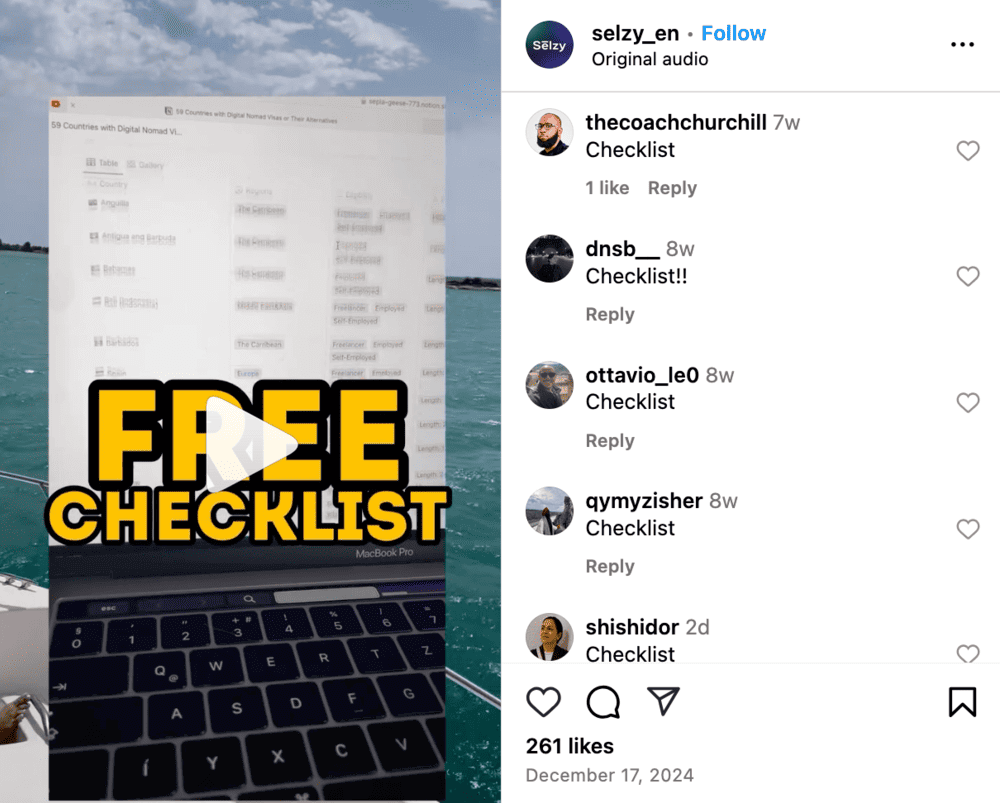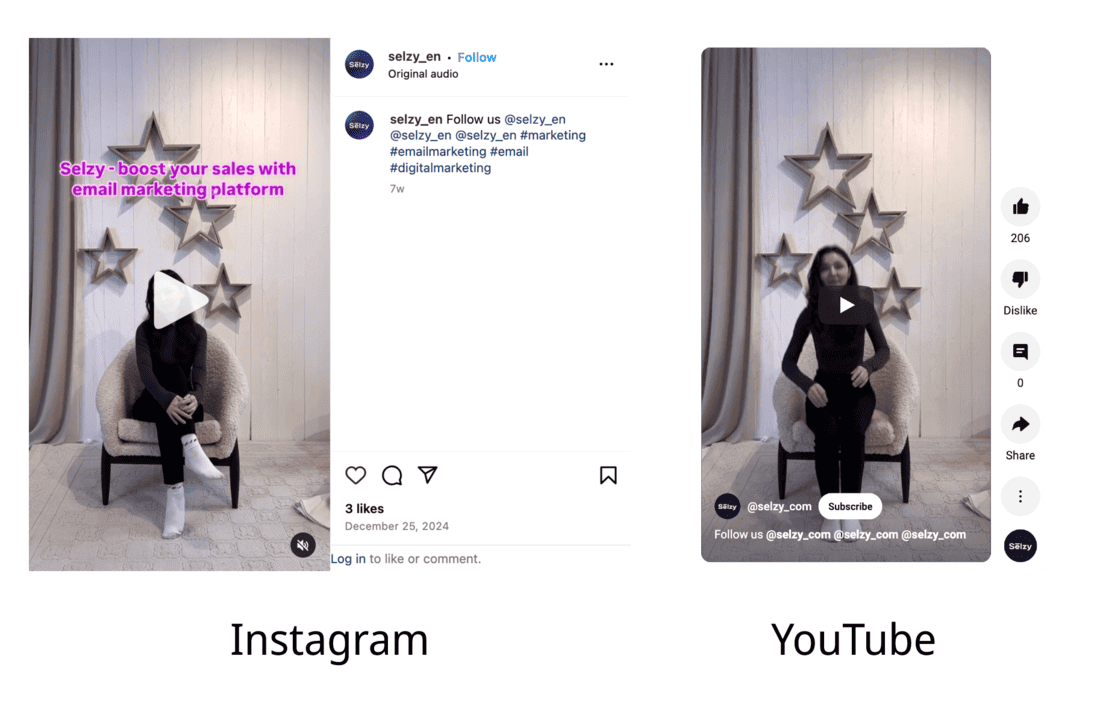One of the biggest benefits of email marketing is that it’s platform-independent. Your email campaigns will hit your customers’ inboxes no matter what! Add Selzy’s email marketing to your strategy and get the added benefits of segmentation, personalization, and A/B testing.
What’s with all the algorithm talk?
Back in the day, social media feeds used to sort content from newest to oldest, chronologically. There wasn’t a way anyone could jump up into the view and no worry of content becoming invisible to your followers.
Now, though, we live in an era of constant fight for attention. Social media platforms are oversaturated with content and have more users than ever before. Posting on social media as a company is more like a competition, with rules slightly changing each year if not more often. Algorithms are the name of the game.
Algorithms organize content on your followers’ feeds based on predetermined factors favoring and opposing certain content types and qualities. For example, some of the biggest algorithm changes include the introduction of Instagram reels which became one of the staples of successful strategies on the platform. Because of changes like these, one day your content might be in front of thousands of people, and another day — be banished into obscurity.
Why is it important to keep up with Instagram and other social media algorithms?
The least obvious thing is your motivation and inspiration. Imagine that you make content without paying attention to the algorithms and it doesn’t achieve the necessary reach and attention. Of course, you simply burn out and are no longer motivated to work further. That’s why for your work as a social media manager to benefit the client and be enjoyable for you, you need to understand the algorithms. But other important reasons are:
- Increasing reach
- Getting your content in front of your target audience
- Growing engagement













